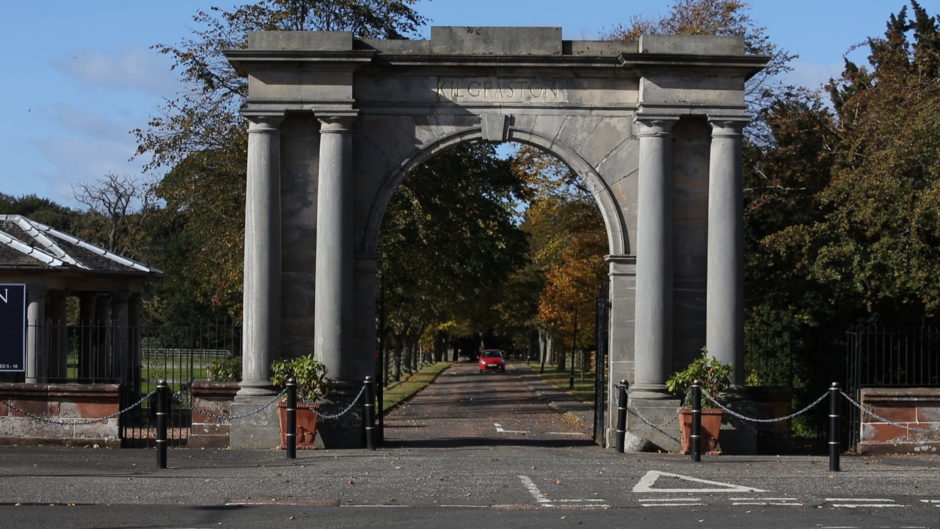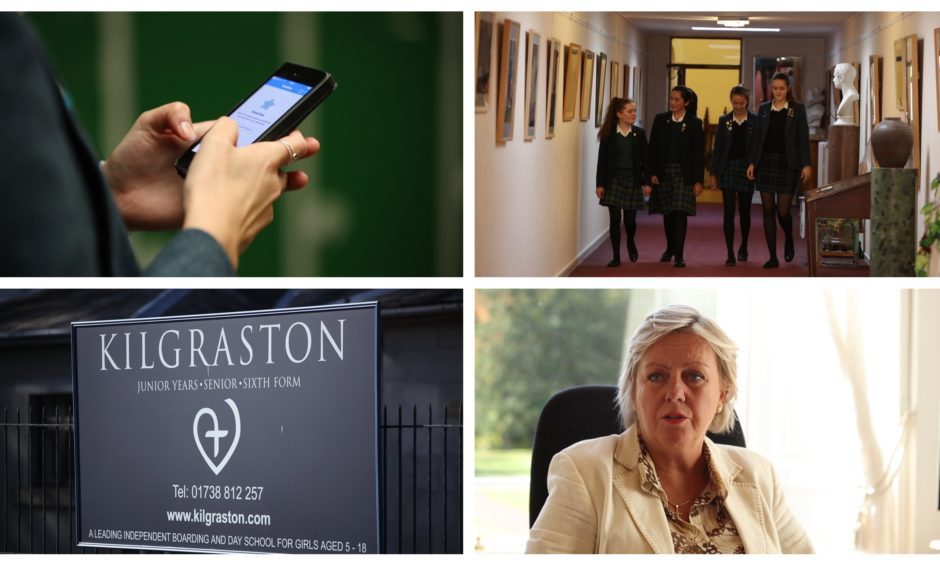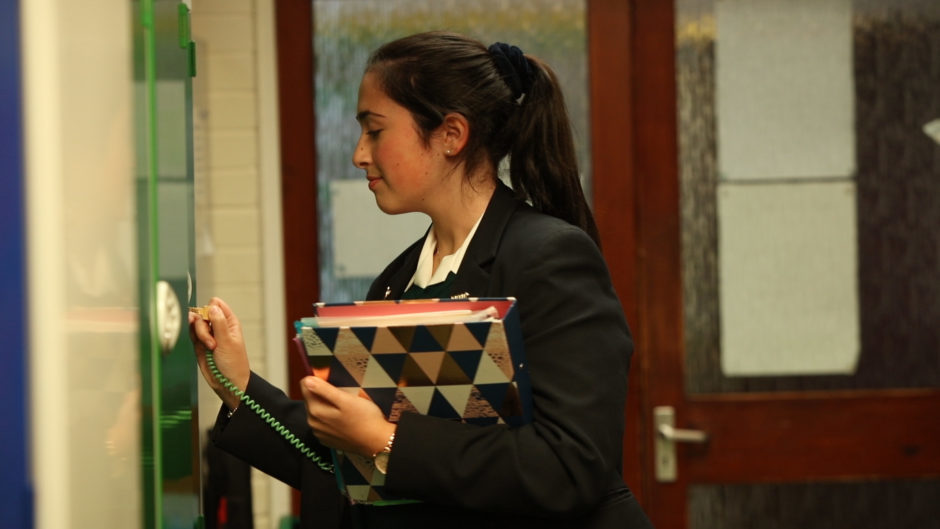Pupils say their lives have improved for the better after a mobile phone ban came into effect at the start of the 2018-19 term at a private Perthshire school.
Kilgraston girls’ school in Bridge of Earn introduced new rules around handheld devices several months ago amid concerns that concentrations and social skills were being negatively affected.
And pupils have said that other schools across Scotland should consider a similar ban, claiming it will help tackle mental health issues arising from the overuse of social media.
Principal Dorothy MacGinty introduced the ban as a way of combating a “growing addiction” between teenagers and their smart phones.
Kilgraston’s 260 pupils can take phones to school and use them before entering the grounds – but they must be kept in lockers throughout the day, including during breaks and lunches.
Tablets can be used but only when needed for classes.
>> Keep up to date with the latest news with The Courier newsletter
Kilgraston pupil Cleodie said: “I think we’re seeing all the positives, definitely. People when they first heard about it were like, ‘How do you do it?’ You must find it so difficult’.
“Other people never had phones when they were at school, my parents never had phones and they still managed, so we don’t need them. It’s more of a luxury than a necessity.”

Fellow student Maria added: “It was quite a shock to begin. For the past two years at school we definitely had a restriction on the phones but we were still able to go on them at lunch.
“It was quite hard at the start and everyone seemed to be a little bit annoyed. Now it’s become more natural.
“I feel like we’re talking to each other more. I feel like we’re having more fun. (Before) we would literally just sit in the common room and not talk to each other.
“We would all be on our phones – chatting to people – but through our phones.
“Now we’re chatting more, we’re having more fun, we’re actually talking. We go outside and it’s actually really nice to do.”

Mrs MacGinty says she is pleased with how the new rules have gone down with her students.
She had expected “resistance” to the new rules but was instead met with a “sense of relief” within the school.
Mrs MacGinty claims that there has been a marked improvements in her pupils’ social skills since the introduction, particularly in conversationing.











